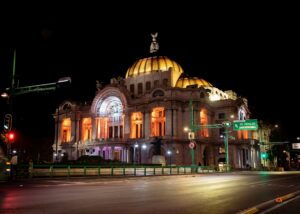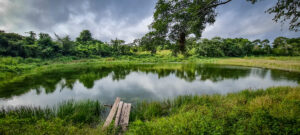Our country, in addition to having a great diversity of flora and fauna species, has an enviable amount of ecosystems, landscapes and destinations for conservation and for the enjoyment of its inhabitants for different purposes: sports, research, production, wellness and of course , tourism.
The National Commission for Natural Protected Areas (CONANP) is the body in charge of efficiently regulating and administering the management of Natural Protected Areas or “ANP’S”.
The ANP’s are areas destined for the conservation of the natural heritage of Mexico: “All of them have the common characteristic of natural physical spaces where the original environments have not been altered by anthropogenic activities (human impact on the environment), or that need be preserved and restored, due to its structure and function for recharging the aquifer and preserving biodiversity. “(Secretaría del medio Ambiente – Gobierno de la Ciudad de México, 2020).
The country has 182 Protected Natural Areas that are located throughout the national territory, counting among them: 67 National Parks, 44 biosphere reserves, 40 flora and fauna protection areas, 18 sanctuaries, 8 natural resource protection areas and 5 natural monuments. (Comisión Nacional de Áreas Naturales Protegidas, 2019)
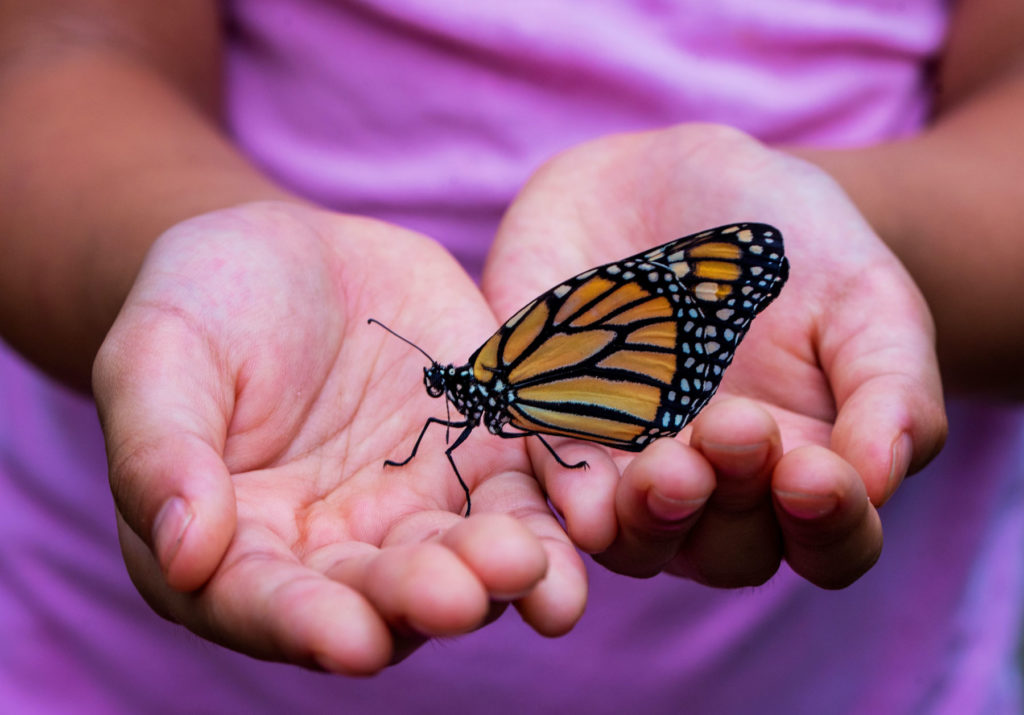
The ANP´s in Mexico have a particularity, probably in more than 80% of them, there are human settlements and many of them directly benefit from the ecosystem services of the ANP, taking advantage of their resources and its territory to generate sources of conservation and livelihoods, so its interest is the conservation and sustainable management of the territory.
Some of these communities have found and maintained their livelihoods long before the current land management programs. The complex and changing history of Mexico has resulted in the great biocultural wealth we have and which has generated an evident symbiosis between the territory, its heritage and the livelihoods of the communities.
Nature and adventure tourism has become a vehicle for conservation and income generation for many of these communities that coexist with the ANP’s. CONANP has developed criteria that define the Protected Natural Areas with tourist vocations, at least 100 (of 182) of which have this vocation in which its inhabitants have found in tourism a sustainable way of generating income and conserving the natural heritage of the inhabiting areas.
In many of them, nature and adventure tourism represent the main income for hundreds of families.
Within these criteria, there are some requirements such as the use of management tools such as Acceptable Limit of Change or Carrying Capacity, that have defined and suitable tourist activities for the environment, among others.
On the other hand, the global context is pushing tourism to pay more attention to natural destinations that are compatible with the new protocols and biosecurity requirements. Adventure and nature tourism is positioned as one of the most adaptable and attractive tourism classifications for the new normality.
Mexico’s potential as a destination for sustainable adventure and nature tourism is enormous. In response to new trends, our country has enormous potential not only for the generation of economic activities, but also for the conservation of biocultural heritage through the responsible management of tourist activities within the ANP’s.
Although it is difficult, tourism as a means of conservation is possible, some cases of projects in Africa (Tanzania and Kenya and other countries), have managed to contribute to the conservation of species through sustainable tourism projects, generating and promoting better conditions for communities co -owners of the territories, generating income and capacity building for the staff employed in the various parks and attracting greater awareness to the conservation of destinations.
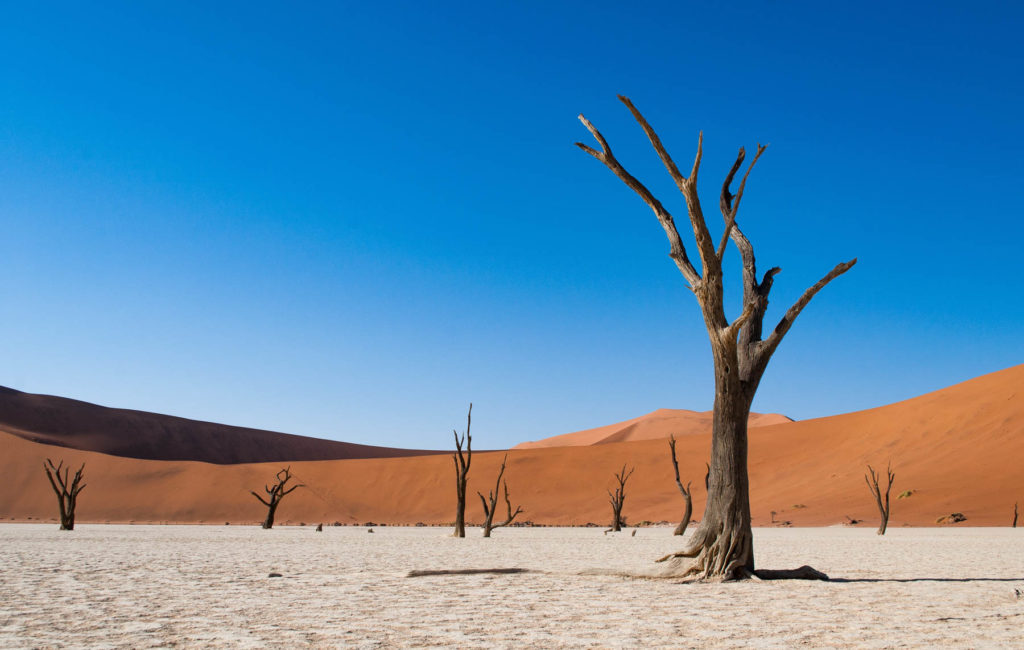
Tourism as a tool for the conservation of ANP’s in Mexico is possible, however, the correct management of public policies, community agreements and private initiatives is essential to achieve sustainability objectives. The work of organizations such as CONANP are one of the most effective means of promoting the conservation and development of sustainable tourism activities in the ANP’s, tourism among them.
“At ATMEX, we are convinced of the importance of the protection and conservation of the Natural Protected Areas for the country’s sustainable development and the growth of the nature and adventure tourism industry. Not in vain we chose as the main theme for our ATMEX 2019 event edition, ` The Natural Protected Areas as Turistic Detonators.´ Thus our concern over the recent decisions made on the budget reduction for organizations dedicated to research and conservation in our country, specifically, the National Commission for Natural Protected Areas (CONANP.) We consider that today more than ever, it is of utmost importance we secure all the resources, from material and human resources, to data, research and know how; as well as we focus on generating the conditions to create synergies to preserve our natural heritage. We cannot afford the dismantling of the entity that precisely regulates and protects the adventure and nature travel raw material. An industry, by the way, that has been striving for years to practice and promote a sustainable, regenerative and respectful tourism…respectful with the natural and cultural resources which belong to the communities we visit. “- said Rebeca Yañez /ATMEX General Director
In recent months and since 2019, the growing rumors about the cut to budgets for conservation and specifically to organizations such as CONANP and CONABIO among others, in the interest of economic austerity as one of the main political lines, has generated concern and discontent of certain academic, business and civil sectors, considering that some measures will jeopardize research and efforts to conserve our cultural heritage.
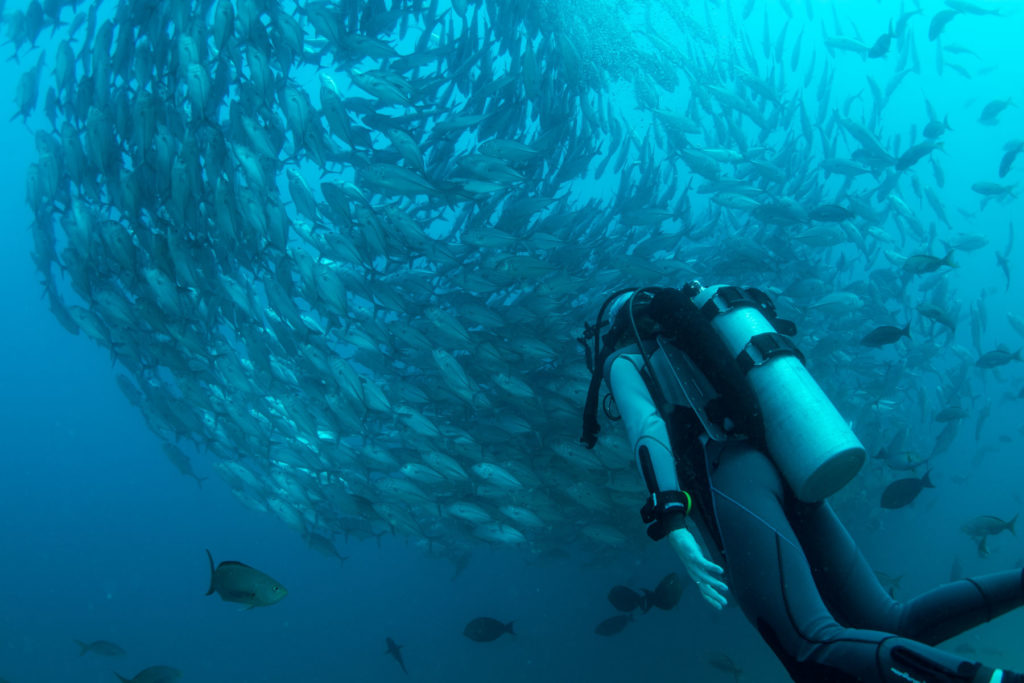
In the month of April, a 75% reduction in resources to chapters 2000 and 3000 was decreed in the Official Gazette of the Federation (DOF), which directly impacts organizations such as CONANP:
“Government institutions -dependencies of the Executive Power, decentralized agencies, decentralized bodies and parastatal companies- must operate the rest of the year with 25% of the surplus funds in chapters 2000 and 3000.” (Raziel, 2020)
These cuts will affect not only the organisms in charge of the conservation of the natural heritage, but also the organisms in charge of scientific development, education and research in Mexico.
According to the newspaper La Jornada: “The National Commission for Protected Natural Areas (Conanp) has reduced 75 percent of its budget despite the fact that it currently earmarks only 9 pesos per hectare, 74 pesos are required, on the surface of the 182 Protected Natural Areas (Anps) ”(Enciso, 2020), a budget that is clearly insufficient to maintain proper maintenance and conservation of the ANP’s.
Exercising a sufficient budget, long-term planning and not only for six-year objectives and interests and above all, linking and generating synergies with other organizations and initiatives is essential to achieve a true articulation that results in the conservation of biocultural heritage in Mexico and in passing, the potential of adventure tourism and nature in Mexico is developed, generating the true desired state of tourism: To be an industry that promotes socio-economic development and the conservation and regeneration of Mexico’s biocultural heritage.
It is everyone’s responsibility to demand transparency in the use of resources, promote and demand the destination of sufficient resources and well directed to organizations that promote the conservation of our heritage, since in them, there are Mexican professionals, committed with the development and with the conservation of the resources that belong to everyone. We seek, through action, to claim the importance and prioritization of caring for the environment and our destinations, for tourism, for livelihoods, for biodiversity and for those who come after us.
Gerardo Ibarra
Operations Director – Dopamina.Travel
ATMEX Collaborator
- Comisión Nacional de Áreas Naturales Protegidas. (Diciembre de 2019). Áreas Naturales Protegidas decretadas. Obtenido de http://sig.conanp.gob.mx/website/pagsig/datos_anp.htm
- Comisión Nacional para el Conocimiento y Uso de la Biodiversidad. (Junio de 2020).
- Biodiversidad Mexicana. Obtenido de México megadiverso: https://www.biodiversidad.gob.mx/pais/quees.html
- Angélica Enciso L. (Mayo de 2020). Se requieren más recursos para áreas naturales. La Jornada, pág. https://www.jornada.com.mx/2020/06/04/politica/016n2pol.
- Raziel, Z. (Junio de 2020) Recorte de 75% compromete pagos de servicios básicos del gobierno y arriesga inversiones en salud y ciencia. Animal Político, págs. https://www.animalpolitico.com/2020/06/recorte-75-gasto-corriente-pago-servicios-gobierno/.
- Secretaría del Medio Ambiente – Gobierno de la Ciudad de México. (Mayo de 2020). Áreas Naturales Protegidas. Obtenido de https://sedema.cdmx.gob.mx/programas/programa/areas-naturales-protegidas



